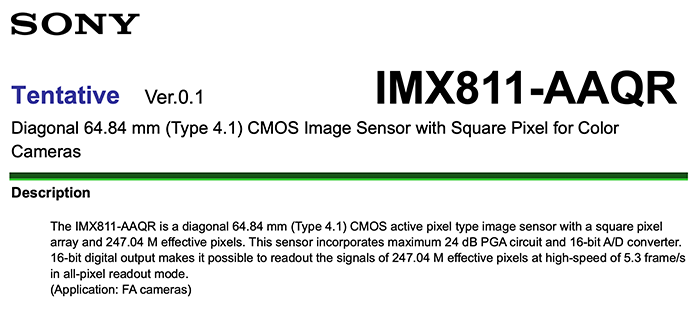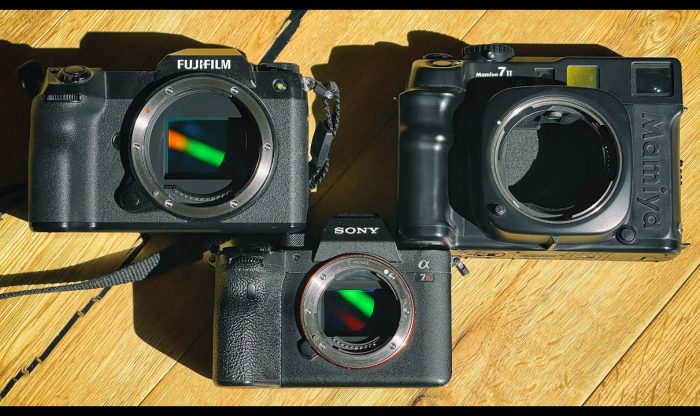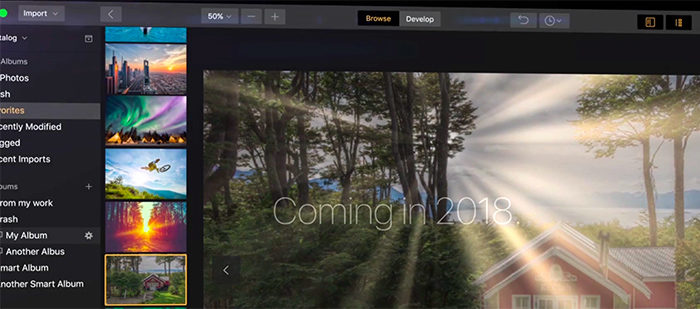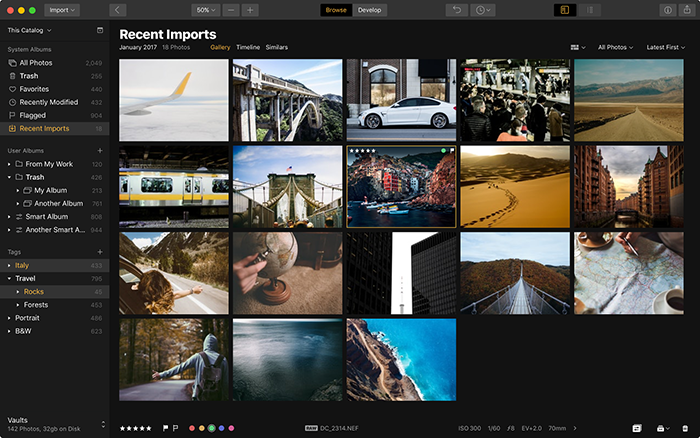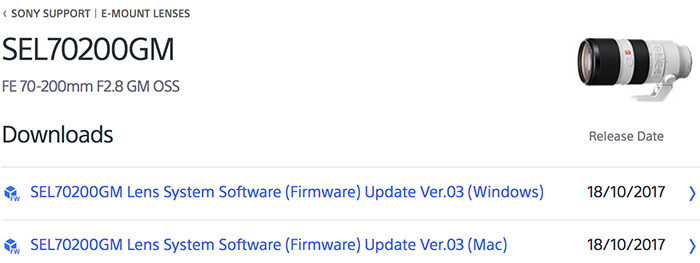Fool me once (A7III) fool me twice (A7sIII) you will not fool me now (Oct 25 event)

The last 12 months I posted a long set of correct rumors (Just click on those link to read them: Sony A9, 100-400mm FE, 85mm FE, 100mm STF, 16-35mm GM, 135mm Batis).
But the last two announcement (Sept 12 and Oct 18) something happened with two sources whom shared some of the correct rumors I got in these last 12 months. Both sources shared the correct Sony press event date but also the wrong info on what would be announced (They said A7III and A7sIII ….but it was RX10m4 and a new camcorder). Although I never posted the a7III and A7sIII rumor with the highest SR5 rank it still is unusual for me to post two mistaken SR4 ranked rumors in row.
This drove me crazy and I spent day and night to figure out what happened. Long story short: For obvious privacy reason I cannot go into detail of this. But I think I figured out what went wrong and this kind of errors should happen much much less in future.
I apologize to my readers for my last two mistakes and I kindly ask you to understand that this was done in good faith.
But the October 25 event will hopefully cheer us all up. Like I told you yesterday the October 25 event is a synchronized worldwide event with photographers and journalists invited on different location (New York, London and so on) at the exact same time. I doubt Sony is doing all that buzz for nothing and we will hopefully get something a bit more exciting than just a RX10m4 or camcorder.
Thanks You!
Andrea
Follow our RSS feed, follow us on Facebook and Twitter to not miss any news and rumors about the new Sony cameras and lenses.
–
The difference between SAR and other rumors sites: at net of my mistakes: Unlike all other sites I got a number of rumors right while they are not (see list on top). And even now I am the only one giving you the October 25 10am announcement date (with image proof). That news of course is now picked up by all other rumor sites without in many case to credit me. They always do it: shit on this site (perfectly legit in a free world) but at the same time take the information whenever they like without to credit.
Ranking rumor reminder: Rumors from SR1 up to SR3 are not from my usual “pot” of sources (and therefore non-reliable). Rumors from SR4 to SR5 usually are (SR4 being 70% reliable and SR5 being 90% reliable).
